Pakistan Nuke testing bluff or reality - Pak denies even as Trump claims it did - No credible evidence of such testing from CTBTO - Trumps decision to resume Nuke testing may trigger arms race in the volatile regions of the world

Pakistan nuclear testing - Bluff or Reality? More diplomatic fiction than seismic truth.
US President Donald Trumps stastement that Russia, China , North Korea and Pakistan are conducting secret nuclear tests needs scientific verification - US resumption could trigger NUKE race


The Nuclear Shadow Returns: Analyzing Trump’s Nuclear Testing Resumption and Global Implications
By TN.Ashok. November 04, 2025
The Unverified Claims and the Seismic Truth
President Donald Trump’s recent directive to resume nuclear weapons testing after 33 years has reignited anxieties about a new nuclear arms race. His justification—that Russia, China, Pakistan, and North Korea are conducting covert nuclear tests—demands scrutiny through the lens of scientific verification systems designed precisely to prevent such clandestine activities.
Trump alleges that these countries conduct tests underground to avoid detection, claiming they test “way underground where people don’t know exactly what’s happening”. Yet this assertion conflicts fundamentally with the capabilities of modern seismic monitoring networks established under the Comprehensive Nuclear-Test-Ban Treaty (CTBT).
Pakistan’s Nuclear Testing Claims: Bluff or Reality?
Pakistan has officially responded to Trump’s accusations by stating through a senior security official that the country “was not the first to carry out nuclear tests and will not be the first to resume nuclear tests”. The scientific evidence supports Pakistan’s denial.
Pakistan’s last known nuclear explosive test occurred in 1998, and its government maintains it has observed a “unilateral moratorium on nuclear testing” despite not being a signatory to the CTBT. The seismological record provides compelling verification of this claim.
When Pakistan conducted its nuclear tests in May 1998 at the Ras Koh Range, the prototype International Monitoring System automatically determined body wave and surface wave magnitudes of 4.9 and 3.6 respectively, with over 20 IMS seismic stations detecting the signals. The CTBT monitoring network successfully identified these tests despite being in its development phase, identifying a potential inspection area of less than 1,000 square kilometers.
The CTBT’s International Monitoring System represents humanity’s most sophisticated verification apparatus.
It employs four state-of-the-art technologies: seismic monitoring for shockwaves through the ground, hydroacoustic detection of sound waves in oceans, infrasound listening for ultra-low-frequency sounds, and radionuclide monitoring of atmospheric radioactive particles. This multi-layered approach makes clandestine testing extraordinarily difficult.
Underground nuclear explosions can be reliably detected and identified using IMS data down to a yield of 0.1 kilotons in hard rock if conducted anywhere in Europe, Asia, North Africa, and North America. No seismic activity consistent with nuclear testing has been recorded in Pakistan’s traditional testing regions since 1998. I
f Pakistan were conducting nuclear tests as Trump claims, the global network of seismometers would have detected the telltale signatures.
The Strategic Calculus: Pakistan’s Nuclear Posture Toward India
Pakistan’s nuclear program exists within a specific strategic context. Pakistan maintains a doctrine of minimum credible deterrence without a no-first-use policy, promising to use “any weapon in its arsenal” to protect its interests in case of aggressive attack, with an estimated 170 warheads in 2024 potentially increasing to 200 by 2025.
The assessment highlights that Pakistan focuses on developing tactical or battlefield nuclear weapons to offset India’s conventional military superiority. This strategic orientation emphasizes deterrence rather than testing. Pakistan’s deepening defense cooperation with China provides technological advancement without requiring explosive testing.
Recent nuclear rhetoric has escalated tensions in South Asia. In August 2025, Pakistan’s army chief Field Marshal Asim Munir reportedly issued a nuclear threat during a dinner in Tampa, Florida, stating Pakistan would “take half the world down” if faced with an “existential threat,” which India condemned as “nuclear sabre-rattling”. Such statements represent psychological deterrence—threatening capability without demonstrating it through testing.
The absence of testing doesn’t indicate absence of nuclear threat. Pakistan can expand its arsenal through existing designs and computational modeling, making explosive testing unnecessary for incremental improvements. Trump’s accusations may inadvertently serve Pakistan’s deterrence objectives by suggesting capabilities that don’t require verification.
The Global Nuclear Landscape: A World on Edge
The resumption of U.S. nuclear testing threatens to unravel decades of nonproliferation architecture. No country except North Korea has openly conducted nuclear weapons tests in recent years, with North Korea observing a self-declared moratorium since 2018.
Nine states currently possess nuclear weapons. According to the Stockholm International Peace Research Institute, Russia has 4,309 total warheads, followed by the United States with 3,700, China with 600, France with 290, the United Kingdom with 225, India with 180, Pakistan with 170, Israel with 90, and North Korea with 50. These arsenals collectively possess the destructive capacity to end human civilization multiple times over.
China’s nuclear arsenal has been growing more rapidly than any other country’s, increasing by about 100 warheads annually since 2023, with Pentagon estimates suggesting China will likely have 1,000 nuclear weapons by 2030. This expansion occurs without explosive testing, demonstrating that modernization doesn’t require the resumption of tests.
Currently, no nations stand on the immediate verge of acquiring nuclear weapons, though concerns persist about Iran’s nuclear program. The real danger lies not in proliferation to new states but in the breakdown of arms control mechanisms between existing nuclear powers.
Russia’s Ukraine Gambit and the New Nuclear Brinkmanship
Trump’s decision follows Russia’s testing of nuclear-capable delivery systems—not nuclear explosions—in the context of the Ukraine conflict. Russia announced successful tests of weapons capable of carrying nuclear warheads, including a missile that could penetrate U.S. defense systems and the Poseidon underwater drone, but the Kremlin insisted these tests “cannot in any way be interpreted as a nuclear test”.
Russia responded to Trump’s announcement by recalling President Putin’s statement: “if someone departs from the moratorium, Russia will act accordingly”. This creates a dangerous action-reaction dynamic. Russia’s nuclear saber-rattling over Ukraine already represents the most serious nuclear crisis since the Cold War. U.S. testing resumption could provide Moscow with justification for its own explosive testing, escalating rather than deterring nuclear threats.
The timing is particularly ominous. Trump’s statement came about 100 days before the expiration of the New Strategic Arms Reduction Treaty in February 2026—the last remaining nuclear arms treaty between the U.S. and Russia, which limits each country to 1,550 warheads on deployed missiles. The collapse of this treaty without replacement would eliminate the final constraint on the world’s two largest nuclear arsenals.
Regional Nuclear Flashpoints: The Catastrophic Scenarios
Four regional confrontations involving nuclear powers pose existential risks: India-Pakistan, the Korean Peninsula, U.S.-Russia tensions, and Israeli-Middle Eastern conflicts. Each represents a potential pathway to catastrophe.
South Asia: India and Pakistan have fought four wars and maintain hostile postures along disputed borders. During the 2025 India-Pakistan conflict, Pakistani ministers reportedly denied that the nuclear option was considered, though Pakistan’s prime minister called a meeting of the National Command Authority on May 10. The development of tactical nuclear weapons by Pakistan creates particularly dangerous dynamics, as these battlefield weapons lower the threshold for nuclear use in conventional conflict.
Korean Peninsula: North Korea possesses approximately 50 nuclear warheads and regularly tests delivery systems. The compressed geography and limited warning time in Northeast Asia mean any nuclear exchange could escalate rapidly, potentially drawing in the United States, South Korea, Japan, China, and Russia.
U.S.-Russia: The Ukraine conflict has brought nuclear rhetoric to levels unseen since the Cuban Missile Crisis. Both nations possess thermonuclear weapons thousands of times more powerful than the bombs dropped on Hiroshima and Nagasaki.
A nuclear exchange between these superpowers would trigger nuclear winter, causing global famine and potentially ending human civilization.
Middle East: Israel’s undeclared nuclear arsenal exists within a region of intense conflicts and state instability. The potential for nuclear terrorism or use in regional warfare poses unique challenges given ongoing conflicts involving Iran, various non-state actors, and the Israeli-Palestinian situation.
The Annihilation Question: Is Global Nuclear War Realistic?
The Hiroshima & Nagasaki Nuclear Bombs dropped on Japan by US bombers only instance of use of nuclear weapons 80 years ago.
The short answer is yes—devastatingly so. Current nuclear arsenals far exceed what would be required to cause human extinction through direct effects, nuclear winter, and societal collapse. Computer models consistently show that even a limited nuclear exchange between India and Pakistan would inject sufficient smoke into the atmosphere to cause global crop failures, potentially killing over two billion people through starvation.
A full-scale exchange between the United States and Russia would be incomprehensibly worse. The combined explosive power would exceed the total of all conventional explosives used in human history by orders of magnitude. The radioactive fallout, electromagnetic pulse effects destroying electronic infrastructure, firestorms, and nuclear winter would create conditions incompatible with complex civilization.
Yet the probability of such exchanges depends less on capability than on command-and-control systems, decision-making under pressure, accident prevention, and escalation dynamics. History reveals numerous near-misses—from the Cuban Missile Crisis to false alarm incidents where individual judgment prevented launch. The proliferation of nuclear weapons to more states, the breakdown of arms control agreements, and increased tensions all elevate these risks.
The Truth Behind Trump’s Claims: Politics Over Science
Political and scientific authorities in the United States have asserted that the U.S. does not need to conduct new nuclear tests, with arms control expert Daryl Kimball stating “The US has no technical, military, or political justification for resuming nuclear explosive testing for the first time since 1992”.
U.S. Energy Secretary Chris Wright subsequently clarified the administration’s position. Wright stated that planned nuclear tests will be “noncritical” and will not feature nuclear explosions, explaining these are “system tests” to ensure weapon components work properly. This clarification suggests the administration may be conducting subcritical experiments already permissible under existing agreements rather than full-yield explosive tests.
Trump’s claims about other nations testing appear designed to justify policy rather than reflect intelligence assessments. There is no credible evidence that Russia, China, or Pakistan are conducting explosive nuclear tests, with the only country to have tested a nuclear weapon in the 21st century being North Korea.
Conclusion: The Precipice Returns
A CTBTO monitoring station for detecting nuclear testing by any country.
The world stood at the nuclear precipice during the Cold War and stepped back through painstaking diplomacy and verification regimes. The 33-year moratorium on U.S. nuclear testing represented a hard-won achievement, signaling that humanity could constrain its most destructive capabilities.
Trump’s decision to resume testing—justified by unverified and scientifically dubious claims—threatens to unravel this progress. Whether the tests remain subcritical or proceed to full explosive yields, the signal sent to other nuclear powers is clear: the constraints are failing.
Pakistan’s alleged testing appears to be diplomatic fiction rather than seismic fact. The CTBT monitoring system that successfully detected Pakistan’s 1998 tests has only grown more sophisticated.
No credible evidence supports claims of clandestine Pakistani testing. These allegations may serve Pakistan’s deterrence objectives while providing convenient justification for U.S. policy shifts.
The real danger lies not in what Pakistan has or hasn’t tested, but in the cascading consequences of renewed U.S. testing. Russia has already signaled it will respond in kind. China may accelerate its arsenal expansion. The New START treaty faces expiration without replacement. Regional nuclear powers may feel emboldened to conduct their own tests.
The technical capacity for human self-annihilation through nuclear war remains as real as the physics governing fission and fusion. What prevents catastrophe is not the absence of weapons but the presence of restraint, verification, communication, and international norms. Each step away from these safeguards moves humanity closer to the precipice.
Trump’s nuclear testing resumption, built on a foundation of unverified claims about adversaries, represents not strength but dangerous recklessness. In the nuclear age, strength lies in verified reduction, transparent arsenals, and the diplomatic courage to step back from the brink. The alternative—an unconstrained nuclear arms race among multiple powers—leads toward a future where the question is not whether nuclear war will occur, but when, where, and how much of humanity will survive its aftermath.
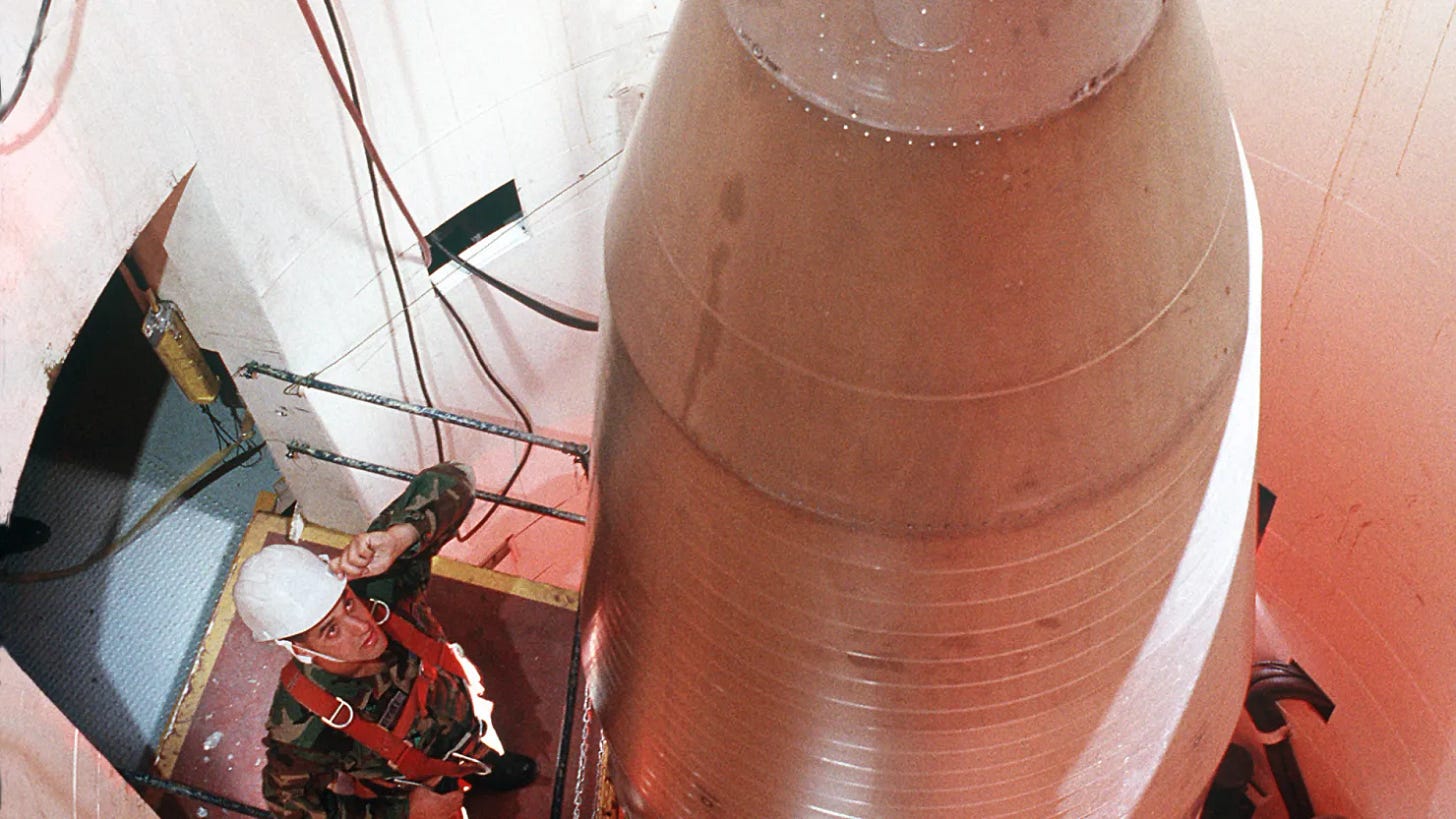

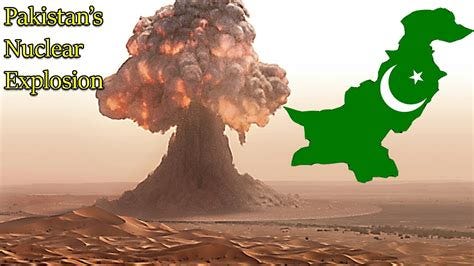

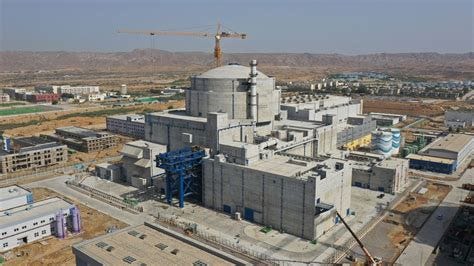
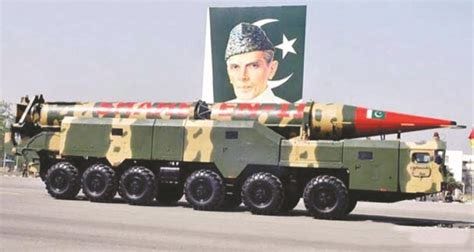
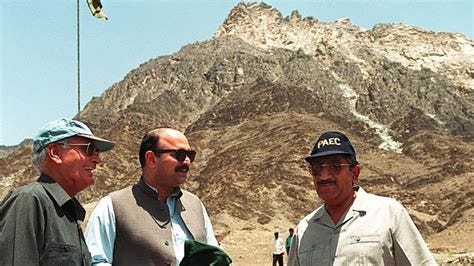
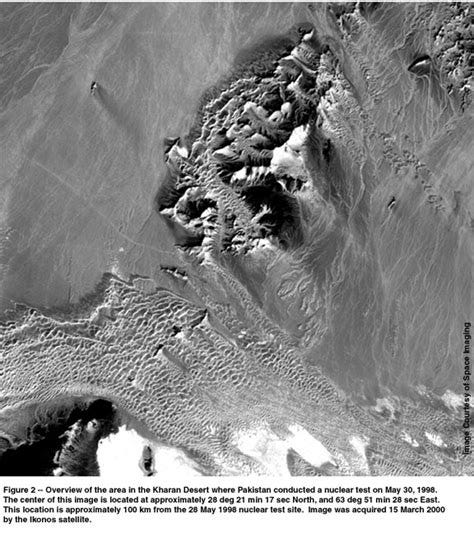
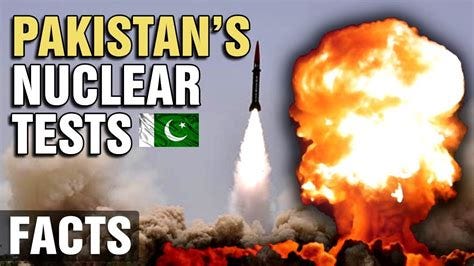
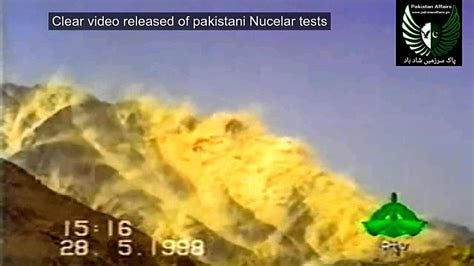



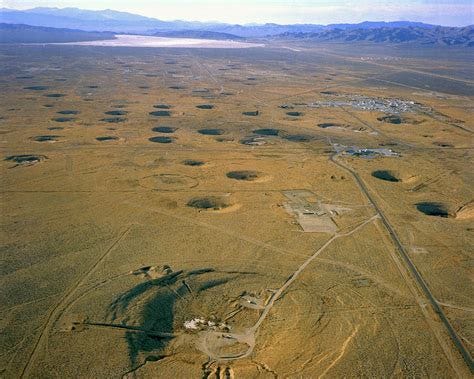
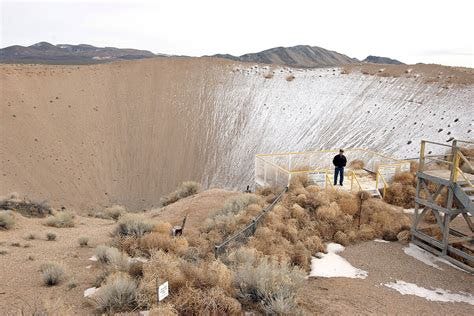

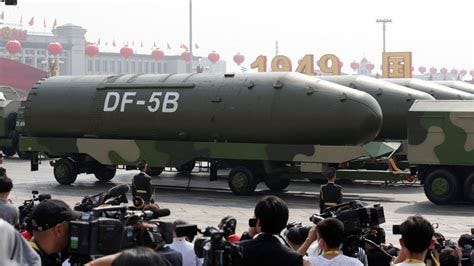
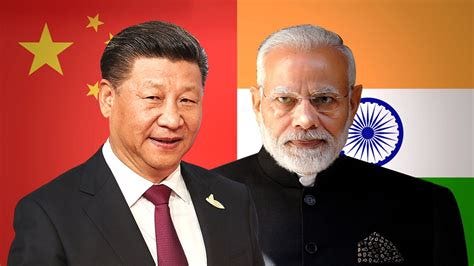

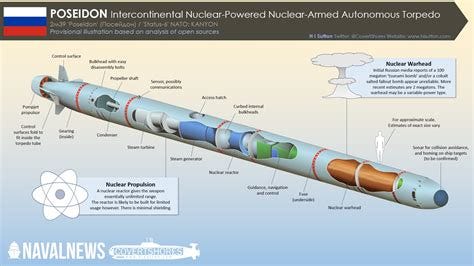

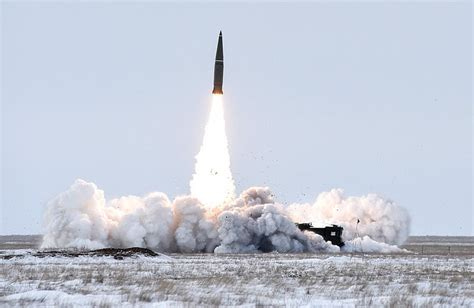
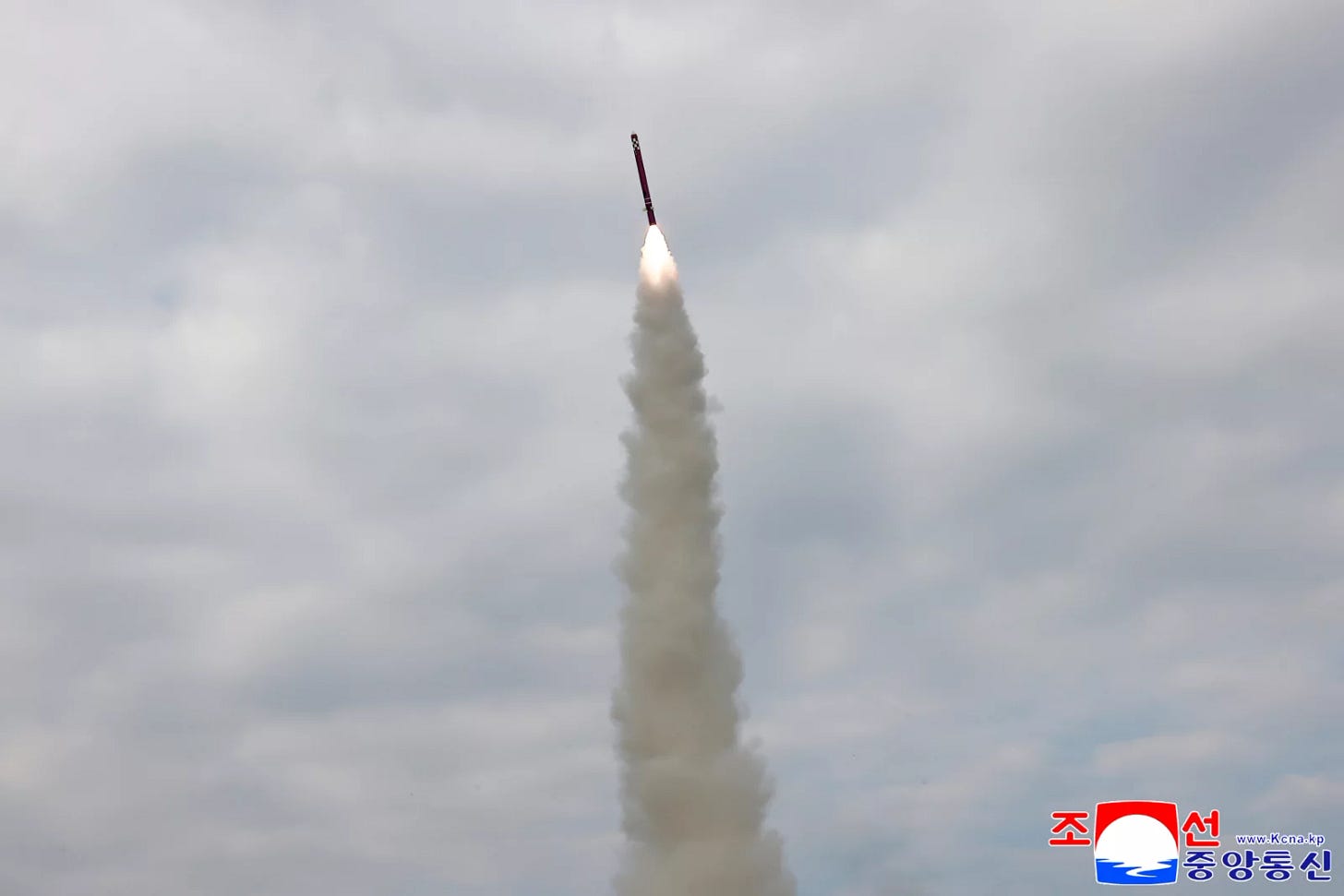



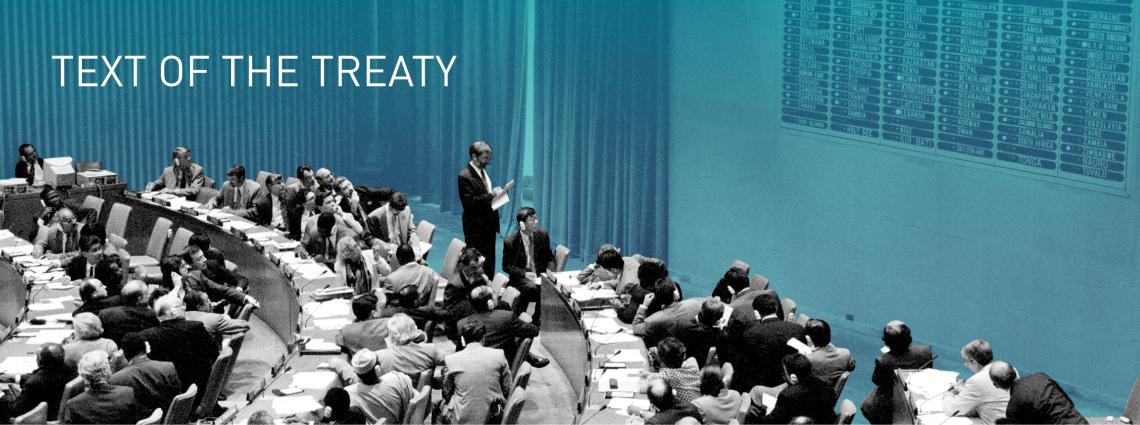

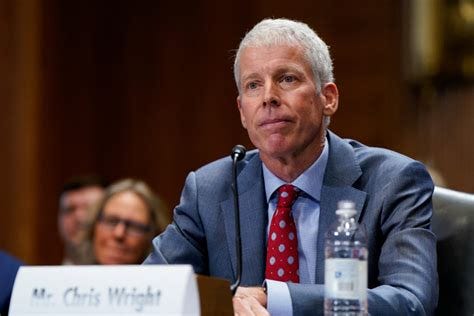
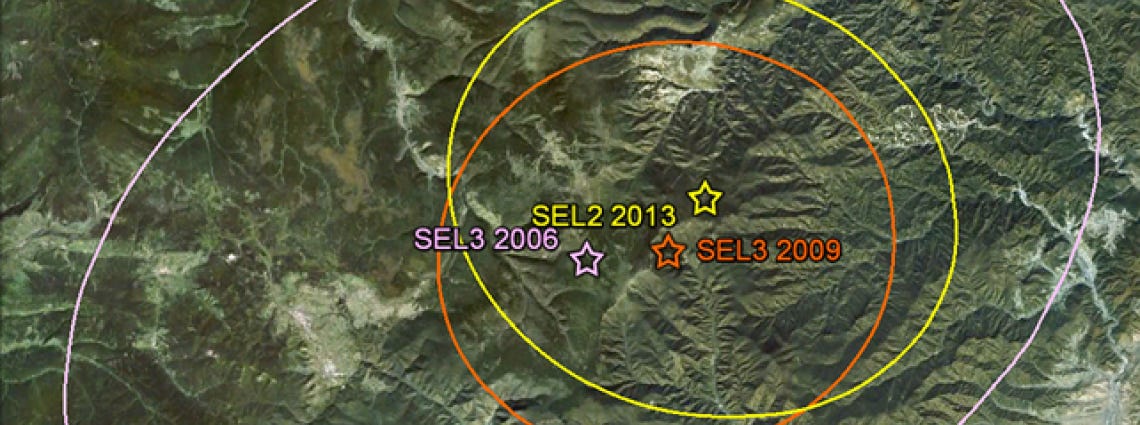
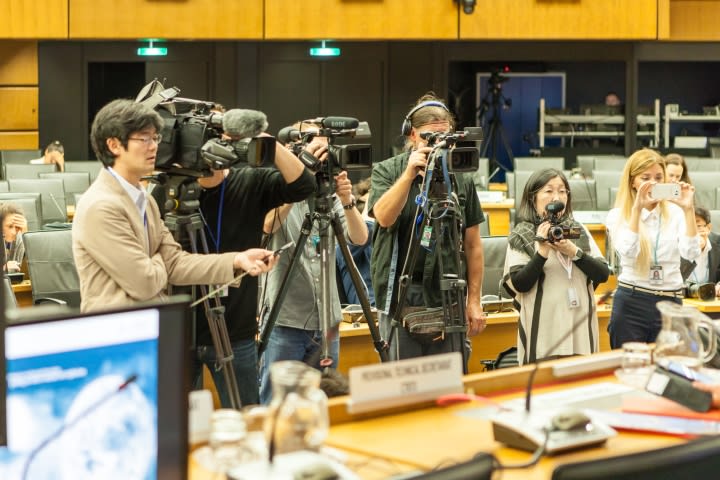

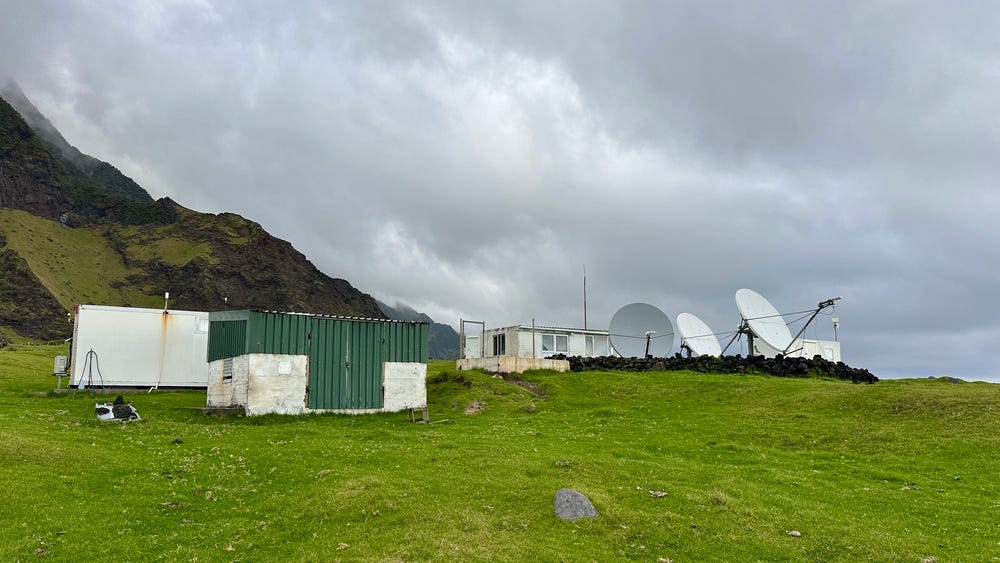
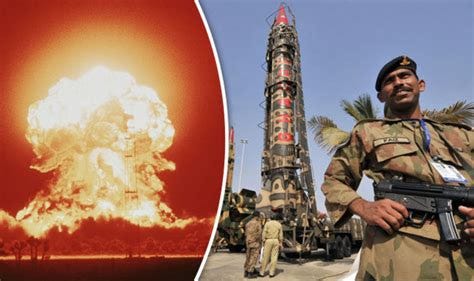
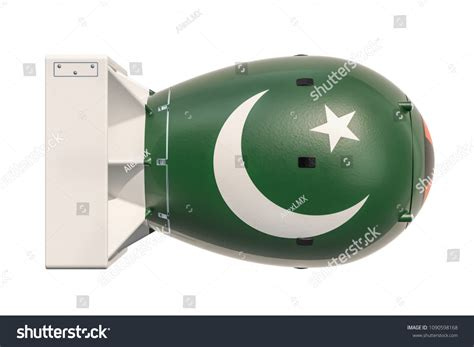

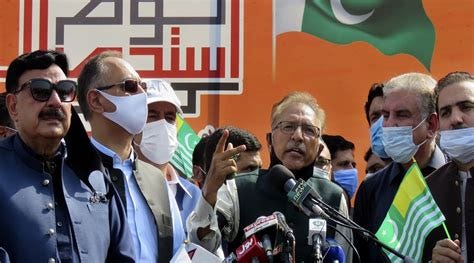
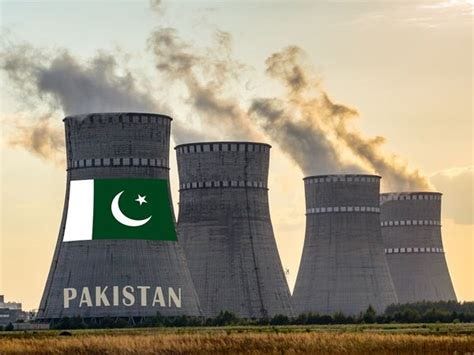
Comments
Post a Comment